
|
The city of Oak Ridge located in eastern Tennessee was established in 1942 as the production site for the Manhattan Project, the American, British and Canadian operation to develop the atomic bomb. At its height, over 75,000 people lived there, but most of them had no idea that they were producing uranium until the bombs dropped on Hiroshima in 1945. In a fascinating look into this 'secret' town, learn about the residents' daily life and the sacrifices they made for the atomic bomb. |
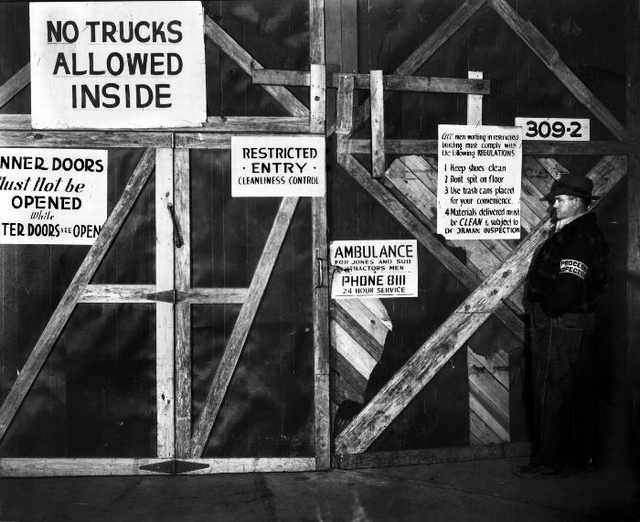 |
|
|
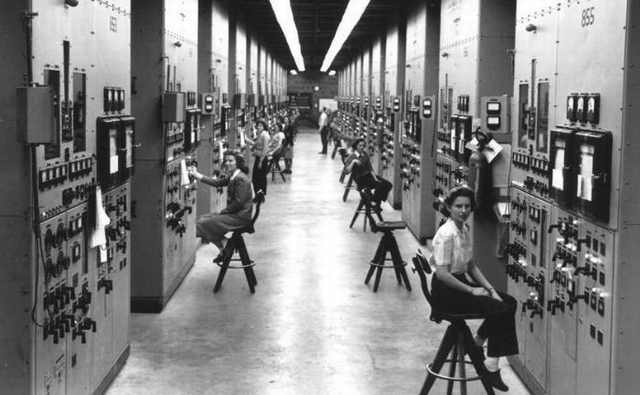 |
|
Beginning in October, 1942, the United States Army Corps of Engineers acquired the Oak Ridge area for the construction of the Manhattan Project. The town was chosen by Major General Leslie Groves due its low population and discrete location, all of which would aid in keeping the town a secret. |
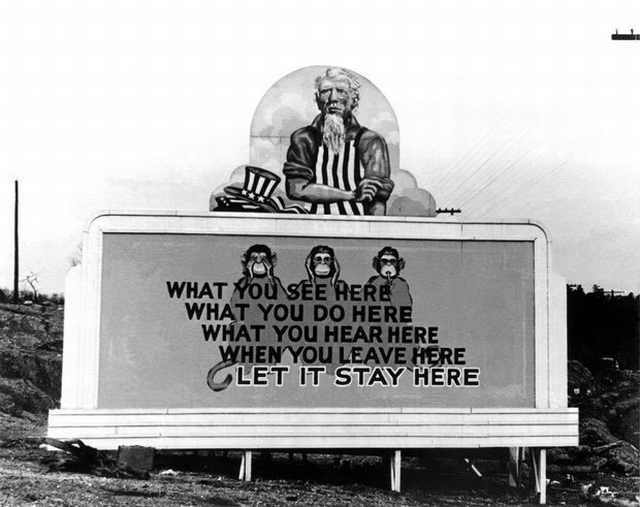 |
|
|
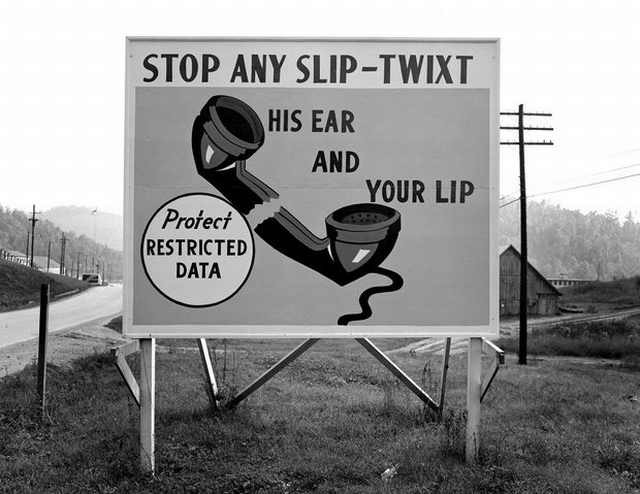 |
|
Billboards across the town reminded the residents of Oak Ridge of their duty, to keep the project a secret and to complete their job. One resident recalls, "If somebody was to ask you, 'What are you making out there in Oak Ridge,' you'd say, '79 cents an hour." |
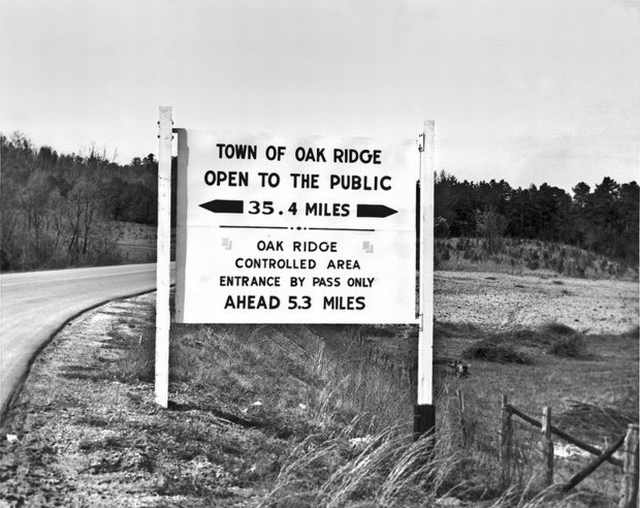 |
|
While the town was open to the public, the non-military section of the town was fenced and guarded to limit who came in and out. |
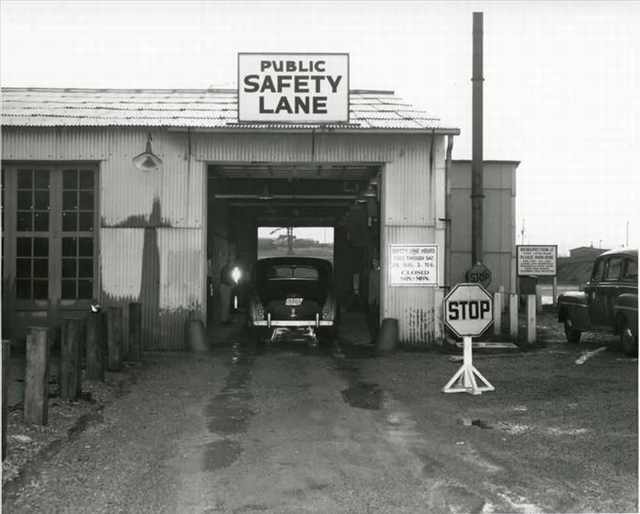 |
|
The vehicle inspection stop had no exceptions and everyone was searched, including the highest ranking military officials. This was at the height of the war and the military wanted to make sure no one would leak information on the bomb. If the workers themselves asked too many questions about what they were doing, they would be thrown out of the community immediately. |
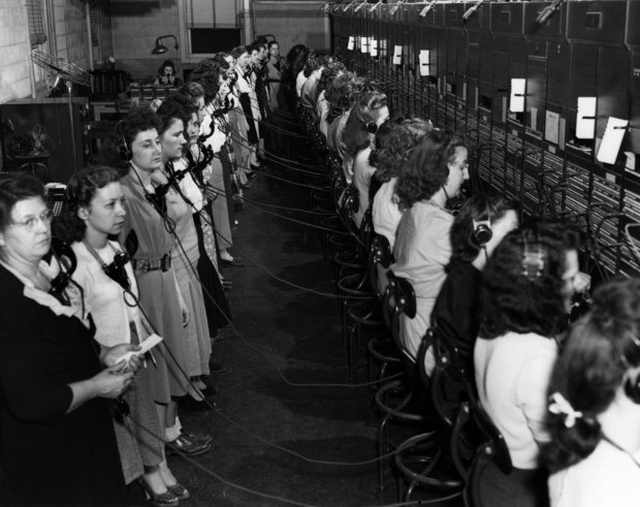 |
|
Workers were forbidden from saying certain words like helium or the names of the equipment they worked with. This had a negative influence on the morale in the factories and the workers became suspicious. They were told that they were doing a very important job for their country, but could not see the results of their duties. |
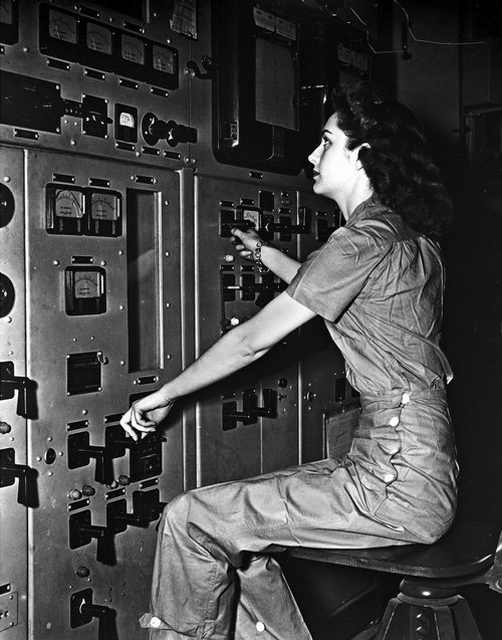 |
|
|
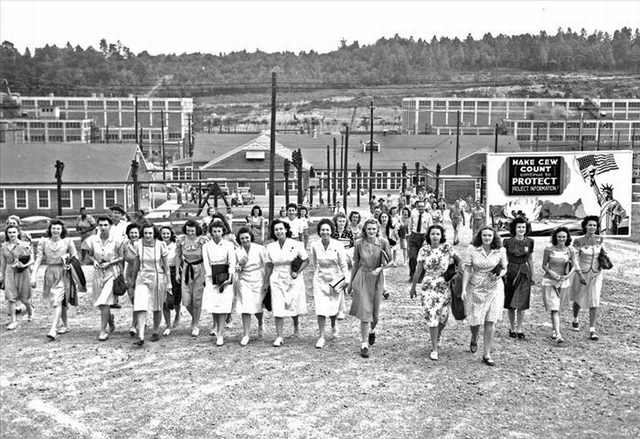 |
|
In order to fix the problem of morale, the government decided to make Oak Ridge into the perfect American town, with theatres, roller-skating rinks, sports teams, bowling allies and more. The goal was to keep workers pleased during their free-time so that they would be more motivated at work. |
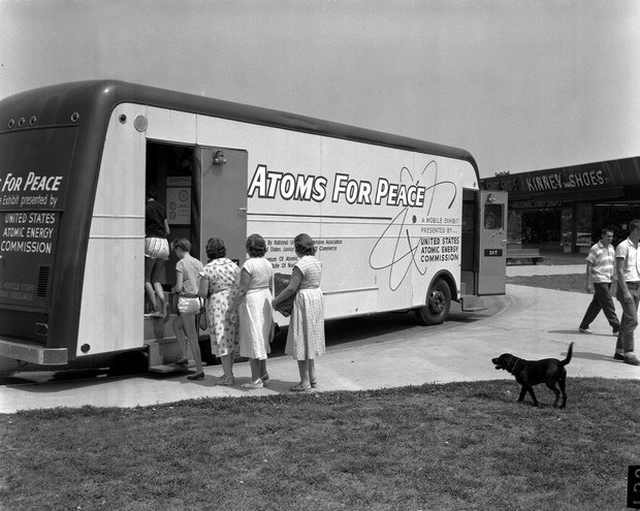 |
|
|
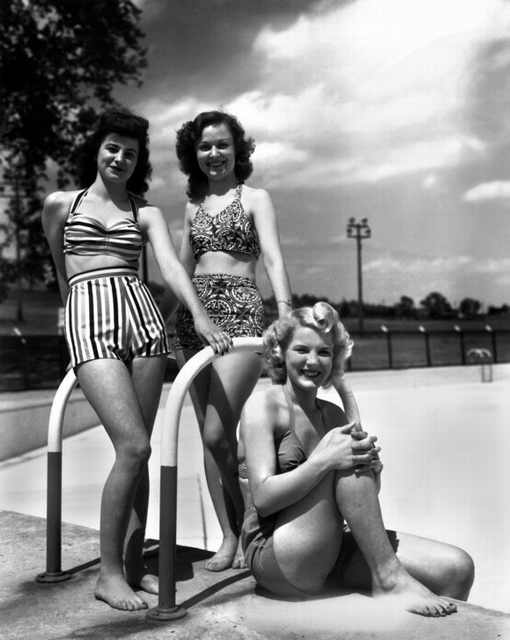 |
|
Almost all of the residents of Oak Ridge were young, and although there were schools, many of the couples were discouraged from having children. This was so they could better serve the project and the mission. |
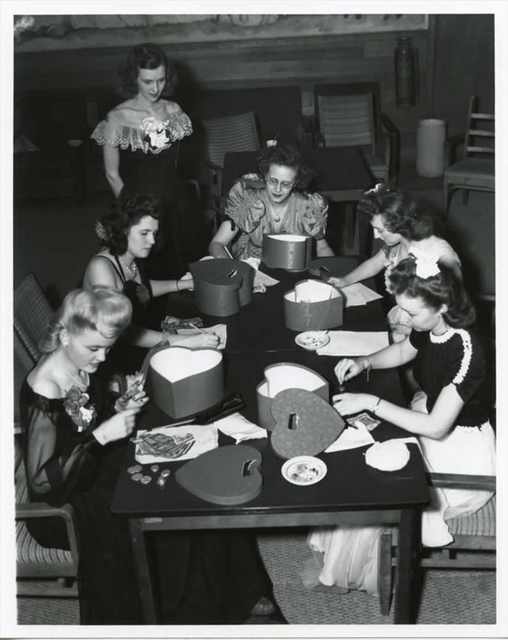 |
|
|
 |
|
The large number of workers in the famous Y-12, K-25 and S-50 uranium plants were recruited by the government, which led them to the conclusion that it would be worthwhile to build an entire town, instead of just a large camp. The town that was created had over 300 miles of road (480 km), 55 miles of railroad tracks (89 km), seven theaters, 17 restaurants and 13 supermarkets. |
 |
|
|
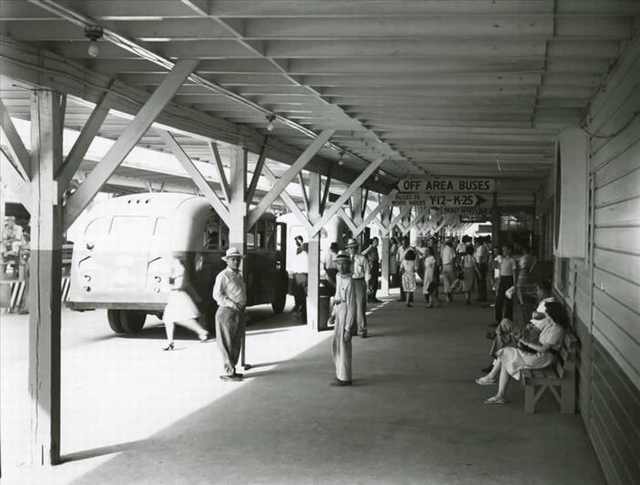 |
|
By 1945, Oak Ridge was home to so many residents that one of the largest bus systems in the entire U.S. was established there. The entire town of 75,000 residents was using more electricity than New York City. |
 |
|
|
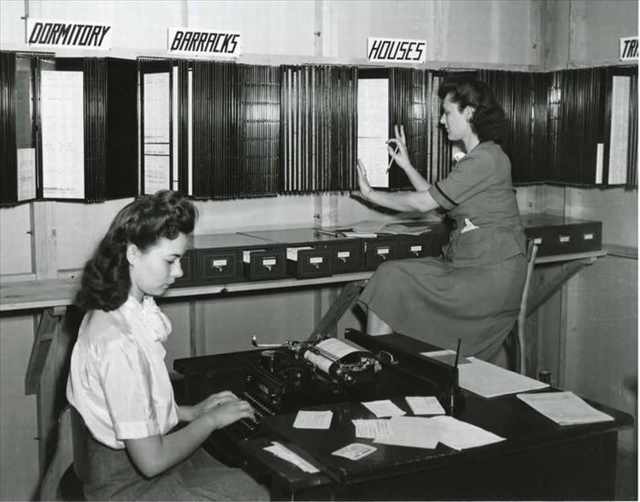 |
|
|
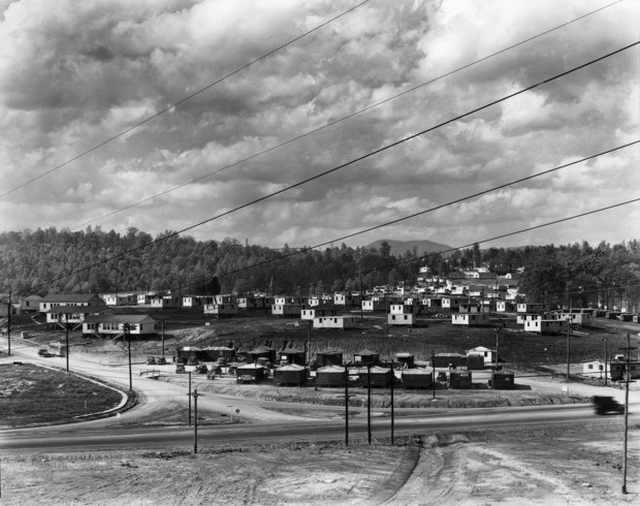 |
|
This abandoned cabin was photographed in 1947, only a few years after the U.S. government took over town. The 56,000 acres on which Oak Ridge was built had previously been farmland where some families were given only two weeks' notice by the government to vacate their farms. |
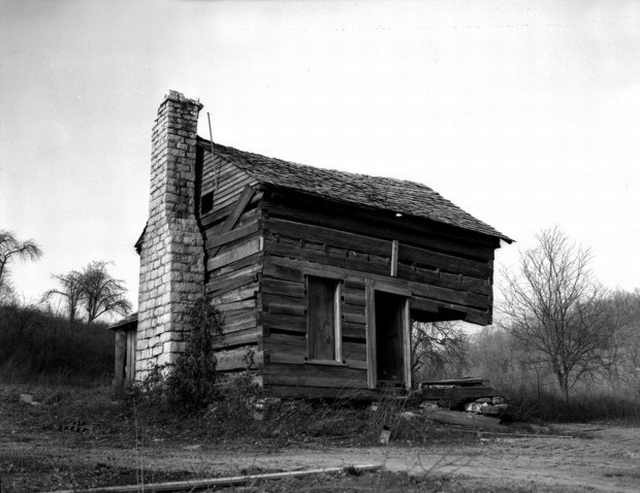 |
|
After the bombings at Hiroshima and Nagasaki, many of the physicists involved in the Manhattan Project founded the Bulletin of Atomic Scientists, to begin an educational program on atomic weapons. |
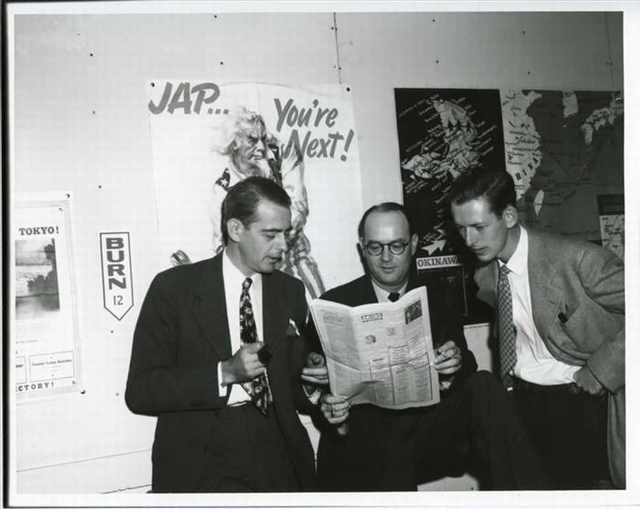 |
|
|
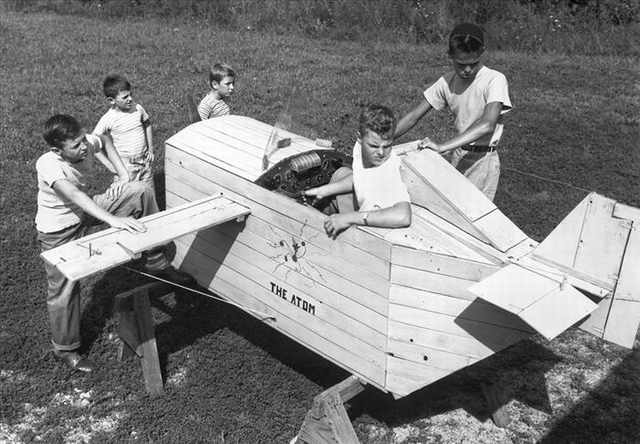 |
|
Residents celebrated V-J day (Victory over Japan day) just like the rest of America because they had no idea that they were developing the atomic bomb that ended the war. |
 |
|
Two years after World War II ended, the town of Oak Ridge was demilitarized and shifted to civilian control. In 1966, the X-10 graphite reactor was designated a national historic landmark. |
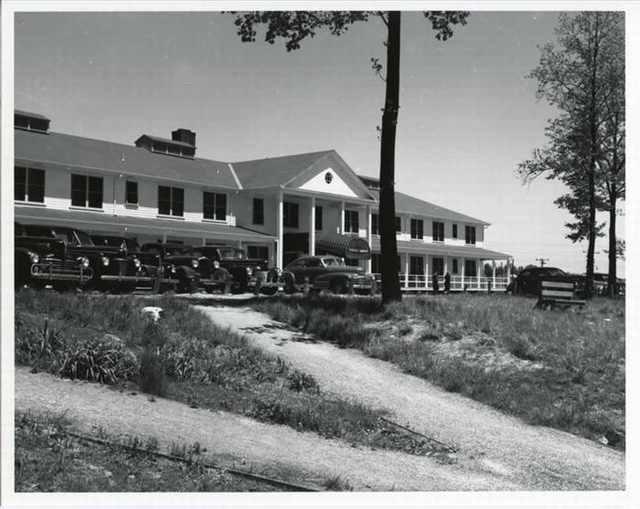 |
|
Little that remains of the town of Oak Ridge is this old hotel known as the Alexander Inn, or 'The Guest House', which housed the residents' visitors during the time of the project. The hotel finally closed in 1990, and since then has fallen into terrible disrepair. Oak Ridge has largely become a ghost town. |
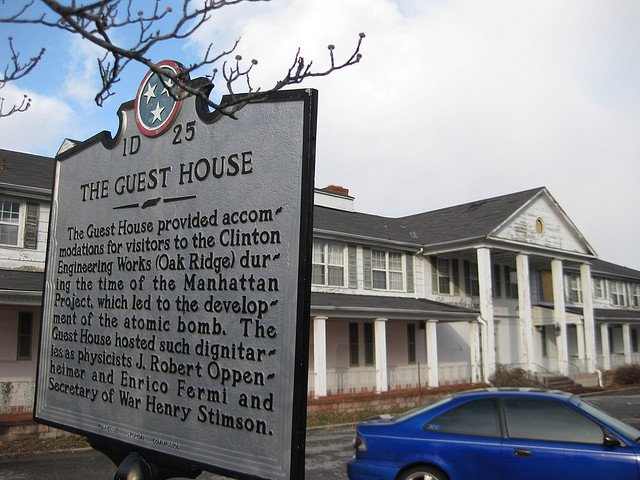 |
|
|
|
Thanks to the only town photographer, Ed Westcott, we have these haunting photographs of life in Oak Ridge of scenes of everyday life as well as the unbeknownst building of the world's first nuclear bomb. |